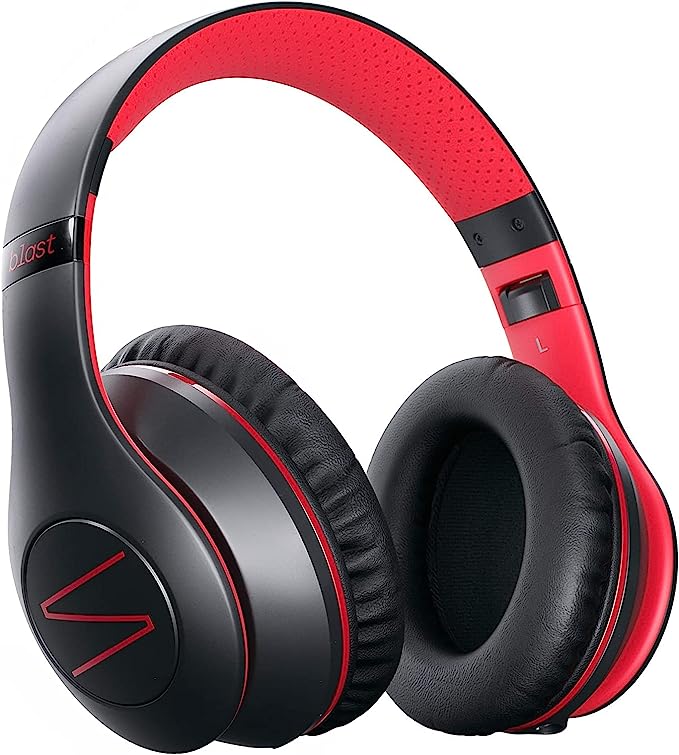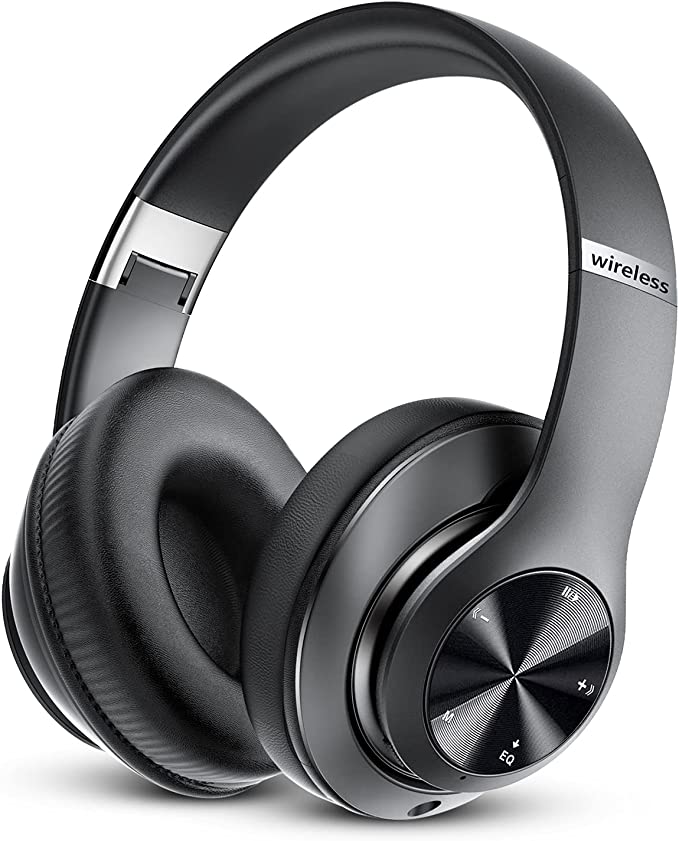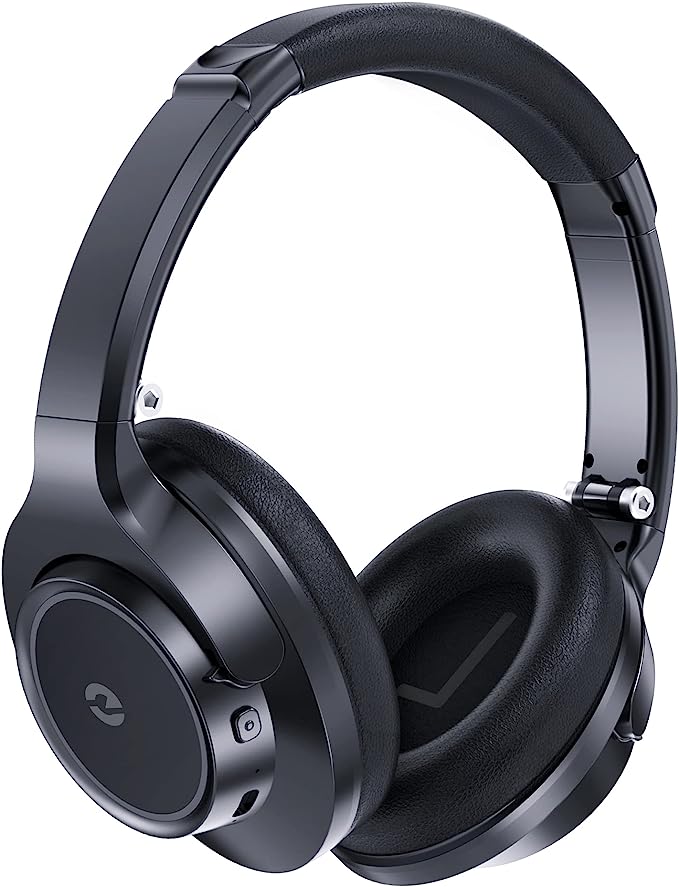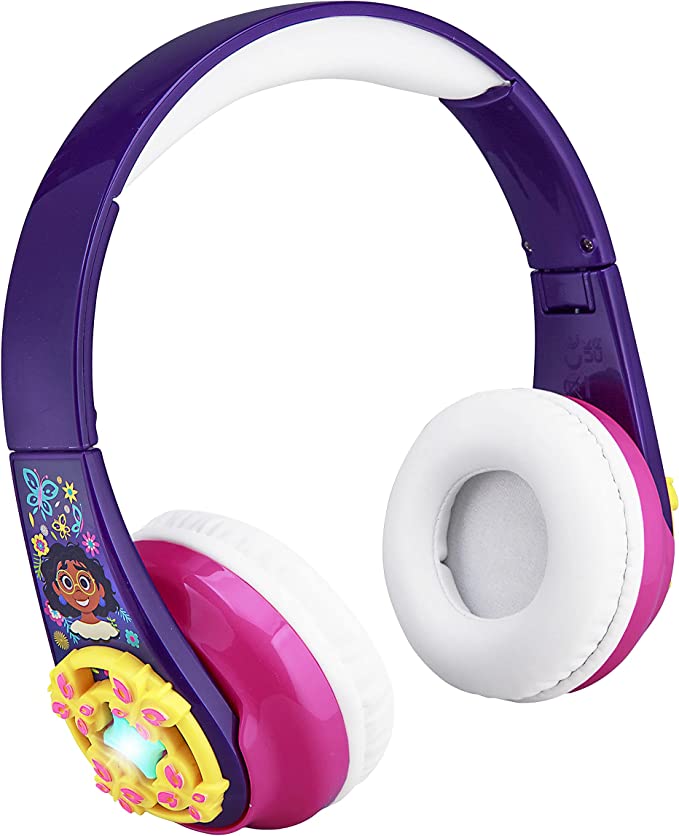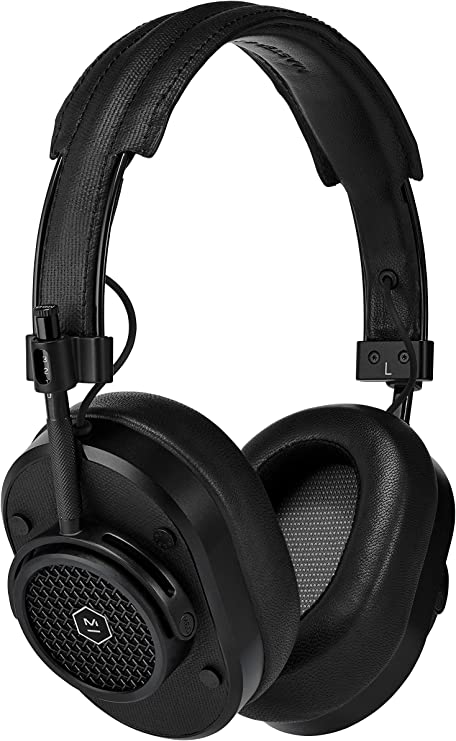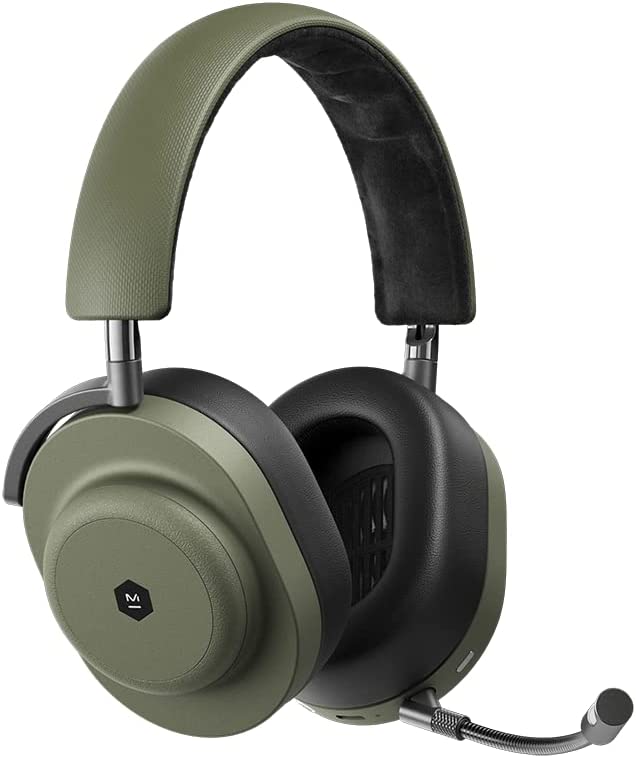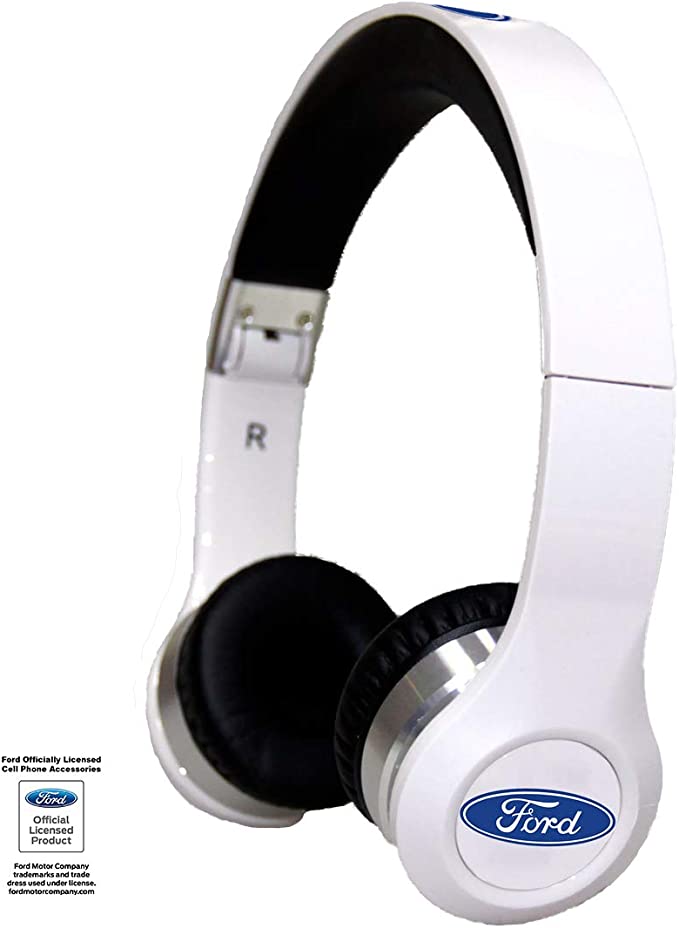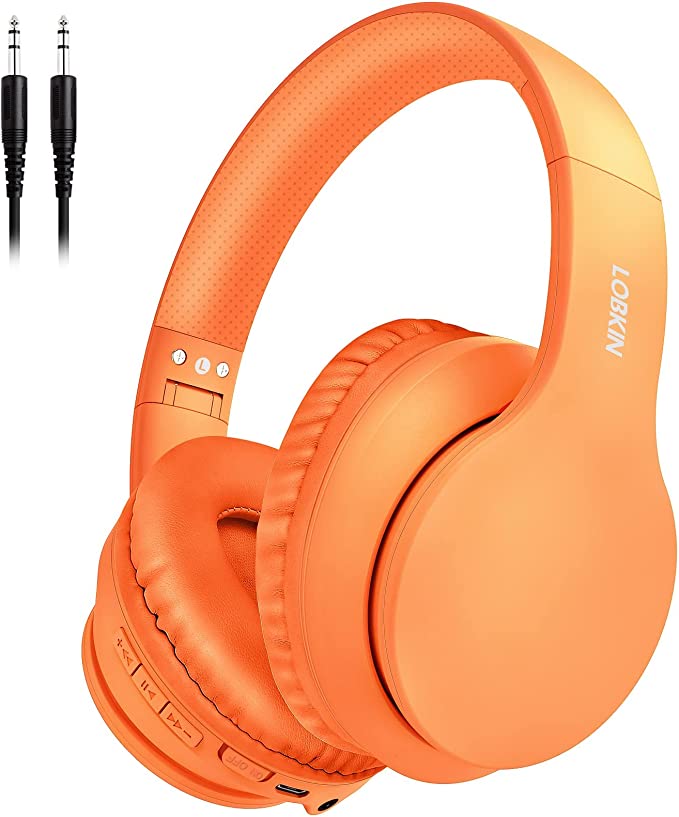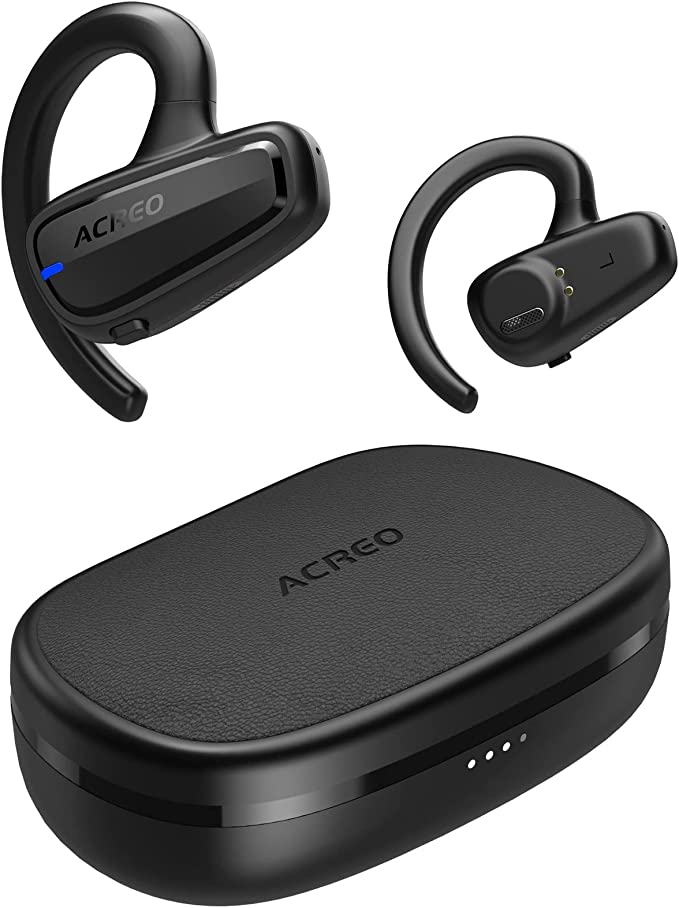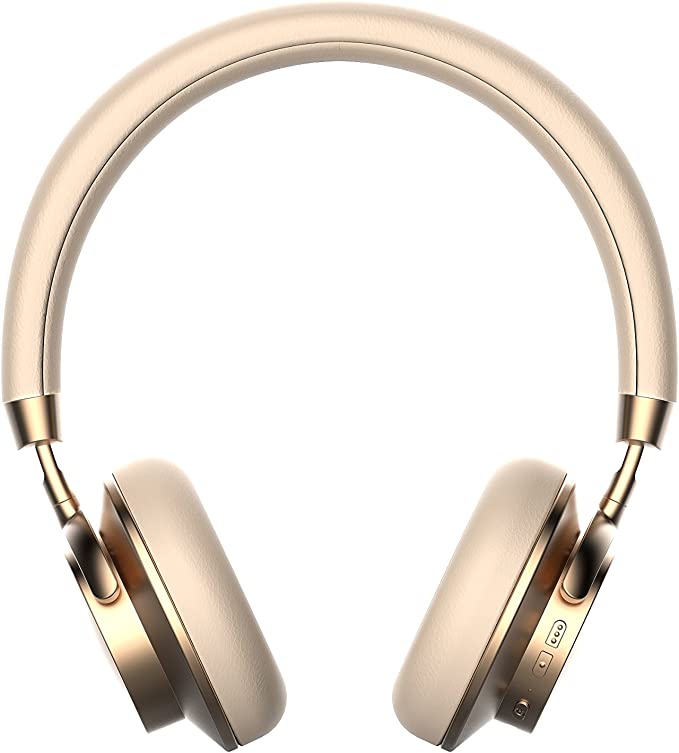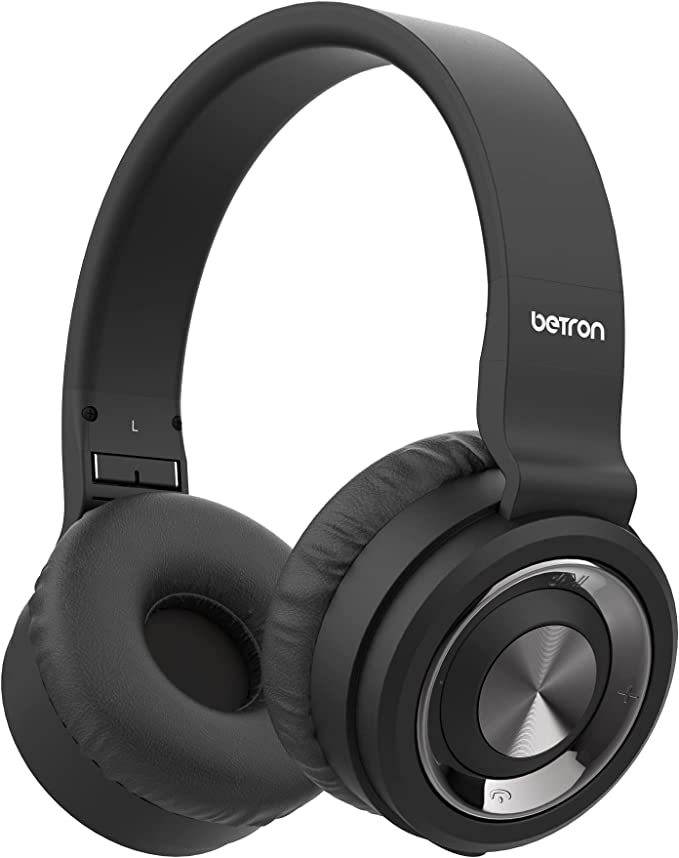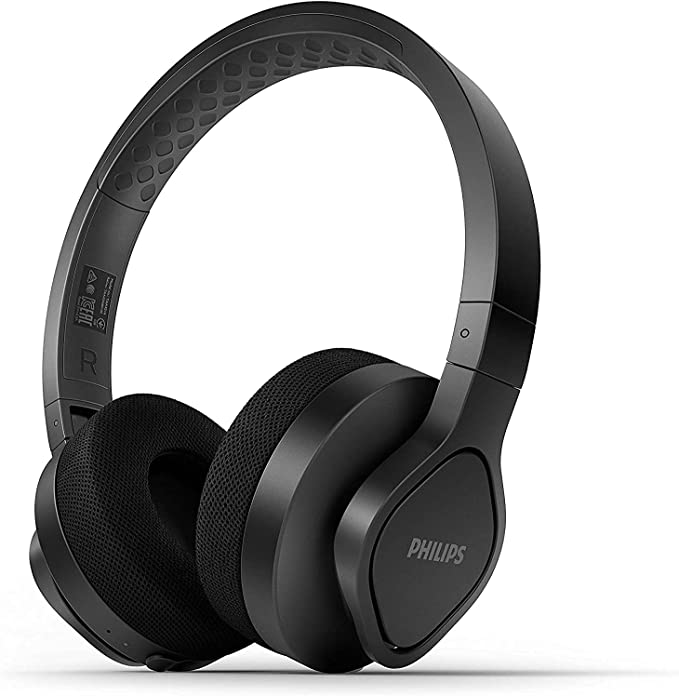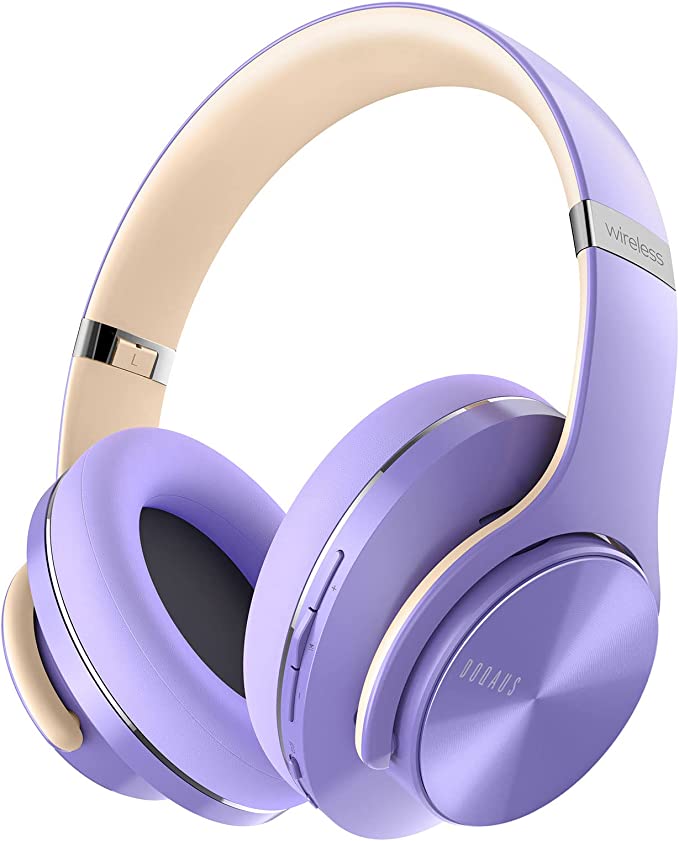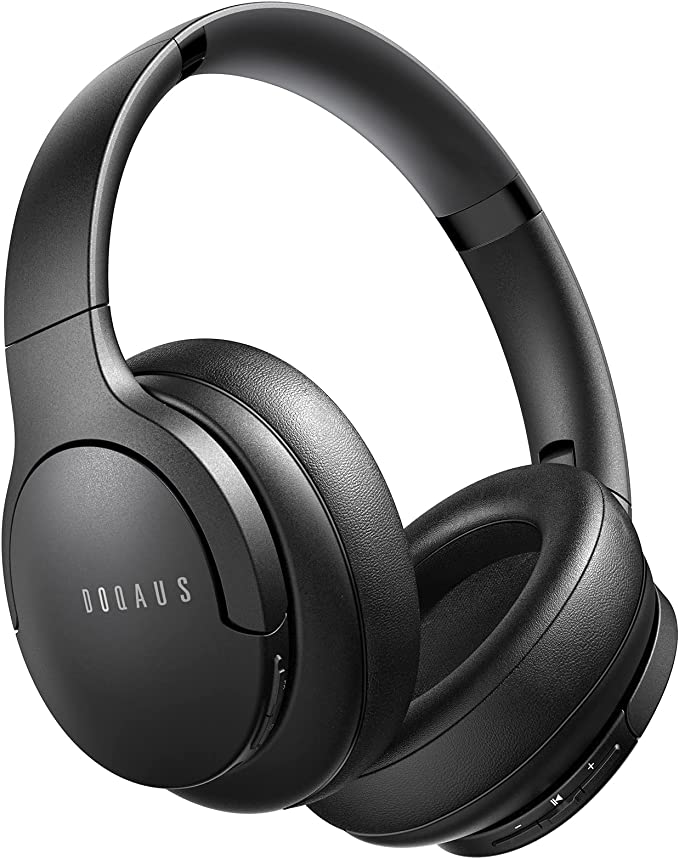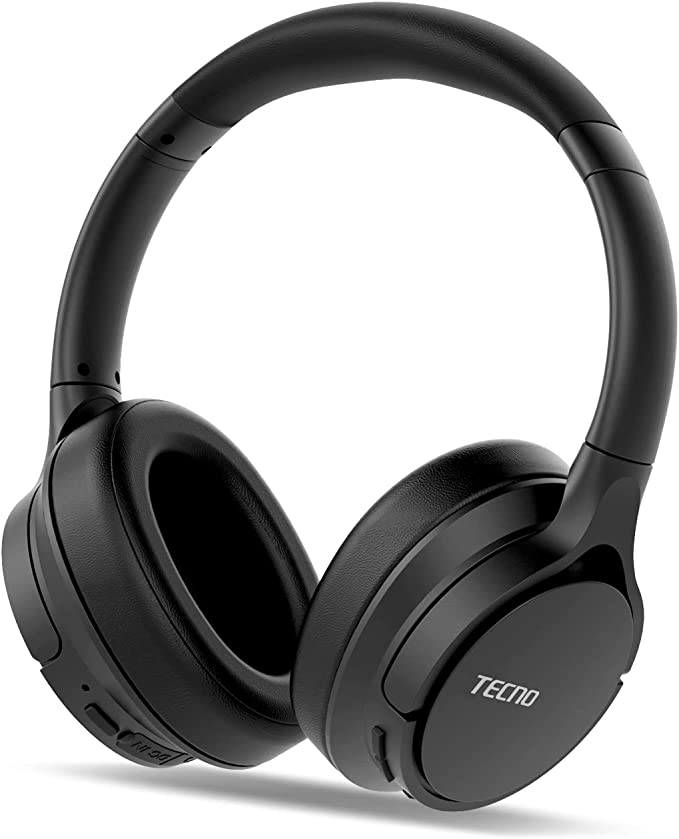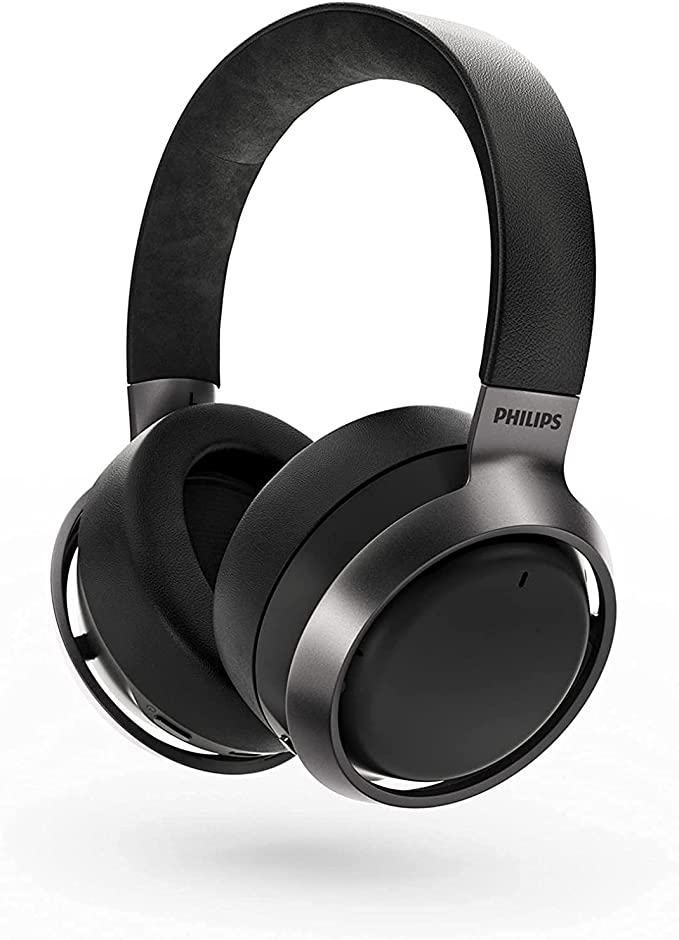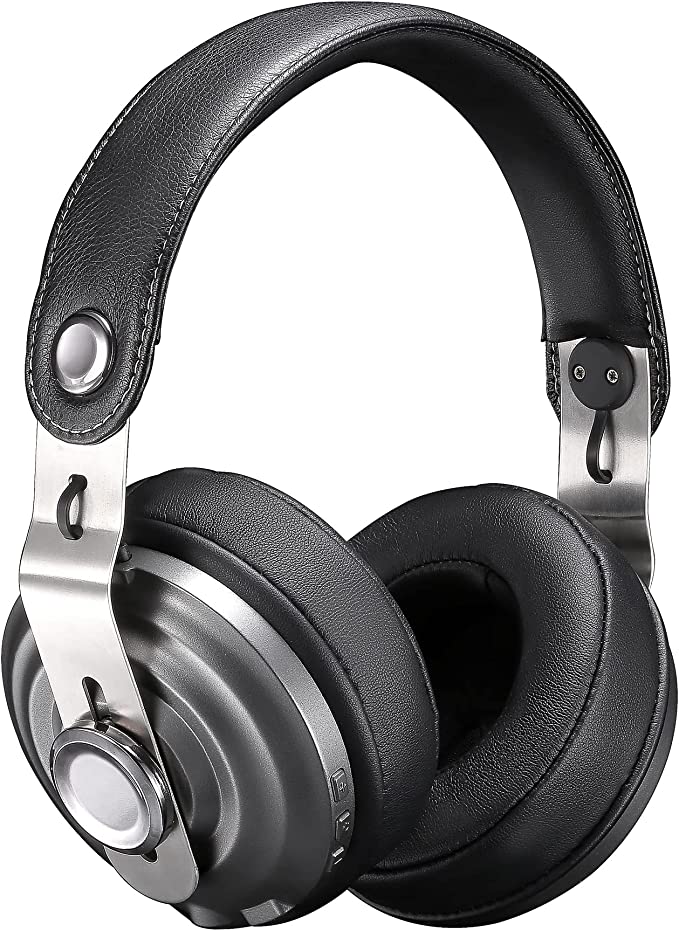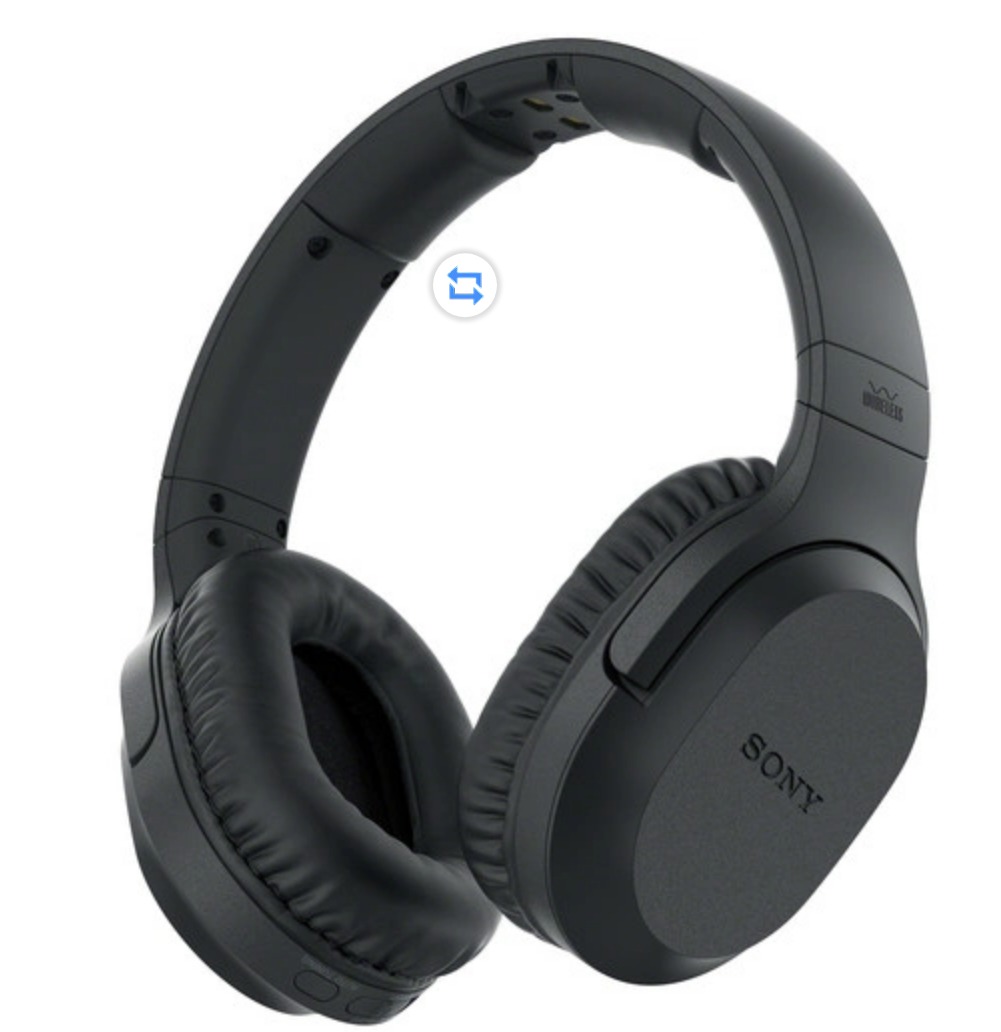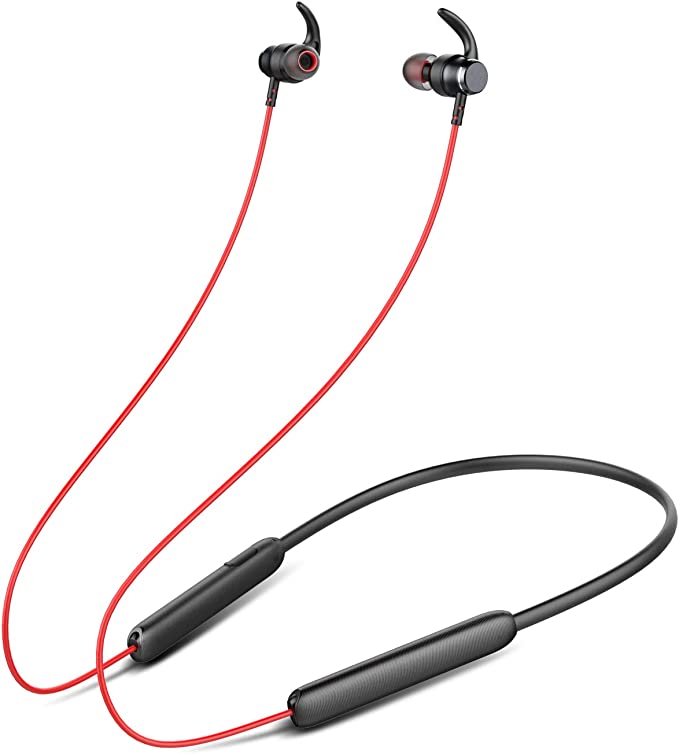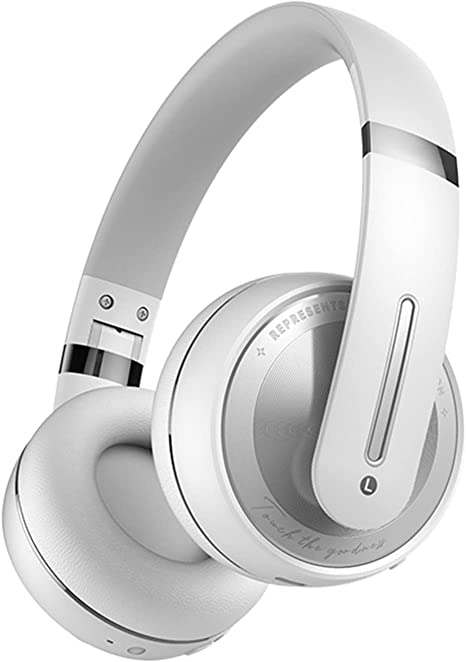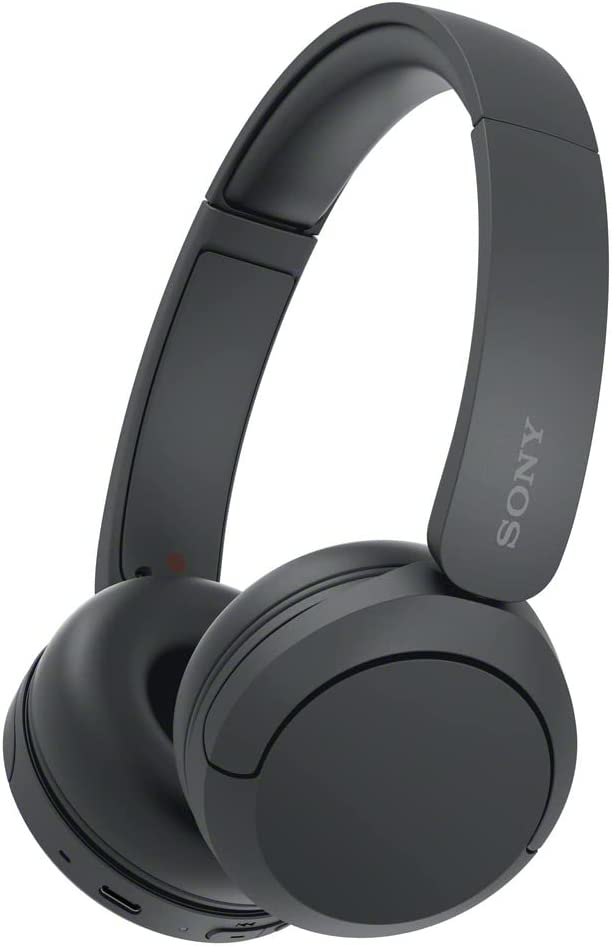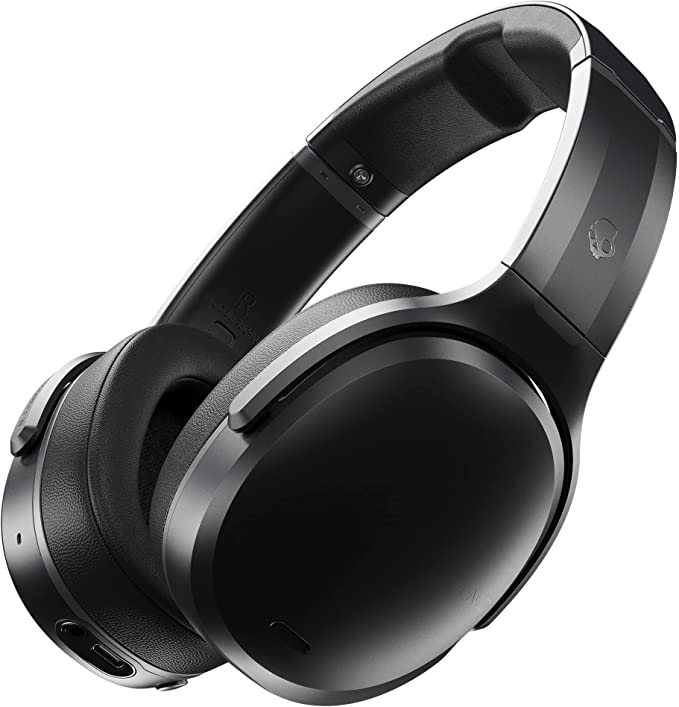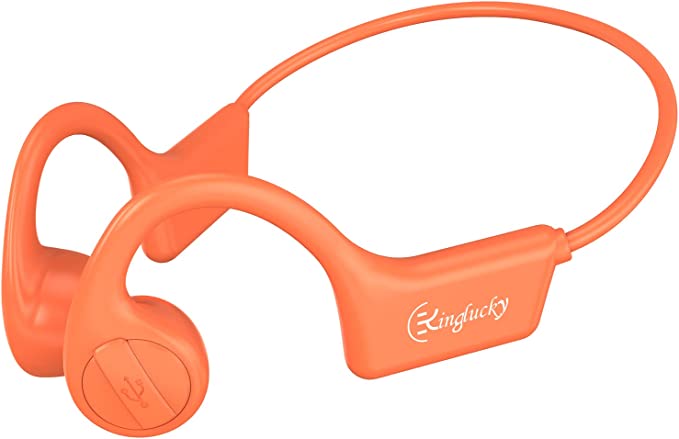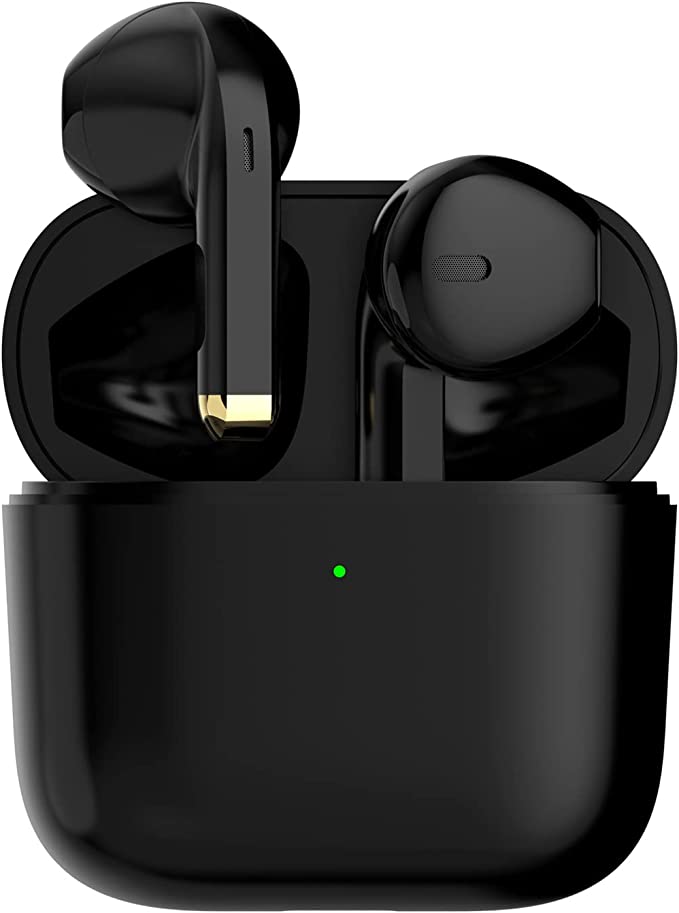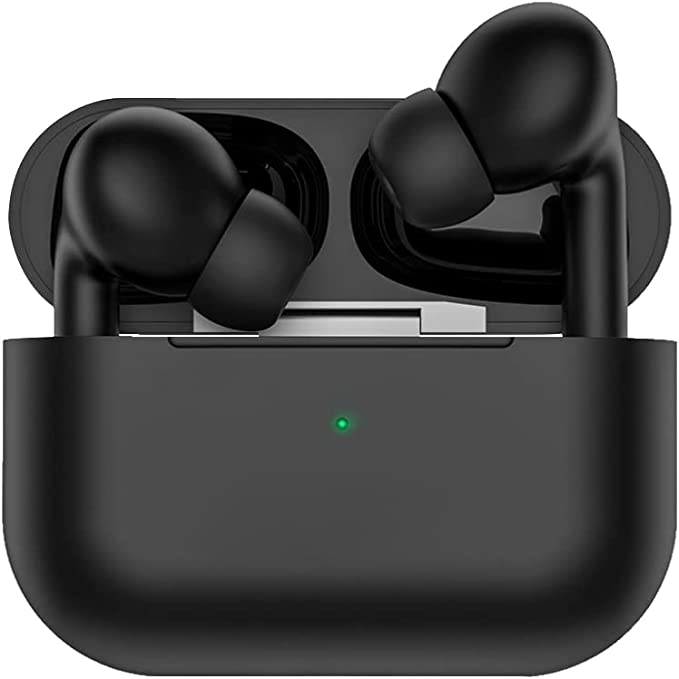Riwbox TX8 Headphones: Experience HiFi Sound On the Go
Update on Feb. 19, 2025, 8:27 a.m.
Imagine this: you’re finally on the train home after a long day. You slip on your headphones, eager to escape into your favorite playlist. But instead of crisp highs and a thumping bass line, you’re met with a muddy, distorted mess. The music sounds… flat. We’ve all been there. Disappointing sound quality can ruin even the most anticipated listening experience. But what causes that difference between a fantastic audio experience and a frustrating one? It’s a fascinating blend of physics, engineering, and a little bit of magic.
Let’s start with the basics. Sound, at its core, is simply vibration. When you pluck a guitar string, it vibrates, creating waves of pressure that travel through the air. These pressure waves, also known as sound waves, have two key characteristics: frequency and amplitude. Frequency, measured in Hertz (Hz), determines the pitch of the sound – how high or low it is. A low frequency corresponds to a low, bassy note, while a high frequency creates a high-pitched, treble sound. Amplitude, on the other hand, determines the loudness of the sound. The larger the amplitude, the louder the sound.

Your ears are incredibly sophisticated instruments designed to capture these vibrations. Sound waves enter your ear canal and cause your eardrum to vibrate. These vibrations are then transmitted through tiny bones in your middle ear to the cochlea, a fluid-filled, snail-shaped structure in your inner ear. Inside the cochlea, thousands of tiny hair cells convert these vibrations into electrical signals that your brain interprets as sound. It’s a remarkable process, and it all happens in a fraction of a second.
Now, how do headphones fit into this picture? Headphones, in essence, are tiny concert halls for your ears. They recreate the original sound vibrations using components called drivers. Think of a driver as a miniature loudspeaker. Most headphones, including the Riwbox TX8, use what’s called a dynamic driver.
Dynamic drivers work on the same principle as a full-sized speaker. They consist of three main parts: a diaphragm, a voice coil, and a magnet. The diaphragm is a thin, flexible membrane – often made of paper, plastic, or even bio-cellulose – that vibrates to produce sound. The voice coil is a coil of wire attached to the diaphragm. When an electrical signal (your music) passes through the voice coil, it creates a magnetic field. This magnetic field interacts with the permanent magnet surrounding the voice coil, causing the coil – and the attached diaphragm – to move back and forth. This rapid movement pushes and pulls the air, creating those pressure waves we perceive as sound. It is like a tiny, very fast drum.
And here’s where size matters. A larger driver, like the 40mm drivers found in the Riwbox TX8, can move more air than a smaller driver. This is particularly important for reproducing low-frequency sounds – the bass. Bass notes require more energy and air movement to be accurately reproduced. A larger diaphragm has more surface area to push that air, resulting in a richer, deeper, and more impactful bass response. Smaller drivers, while they can still produce bass, often struggle to deliver the same level of power and depth.
Another crucial aspect of headphone sound quality is frequency response. This refers to the range of frequencies a headphone can reproduce, from the lowest bass notes to the highest treble notes. The ideal frequency response is often described as “flat” or “balanced,” meaning that the headphones reproduce all frequencies at roughly the same volume, without overemphasizing any particular range. A flat frequency response ensures that you hear the music as the artist intended, with all the instruments and vocals in their proper proportions. While we don’t have the precise frequency response specifications for the Riwbox TX8, the use of larger drivers suggests a focus on delivering a full and balanced sound.
Of course, in today’s world, many of us prefer the convenience of wireless listening. This is where Bluetooth technology comes in. Bluetooth is a wireless communication standard that allows devices to transmit data, including audio, over short distances. Over the years, Bluetooth has evolved significantly. The Riwbox TX8 utilizes Bluetooth 5.0, a more recent version that offers several advantages for audio enthusiasts.
Compared to earlier versions, Bluetooth 5.0 provides a more stable connection, a wider range, and, crucially, higher bandwidth. This increased bandwidth is key to better wireless sound quality. Think of bandwidth like a pipe carrying water. A wider pipe can carry more water, and similarly, higher bandwidth allows for more audio data to be transmitted per second. This means less compression is needed, resulting in a more detailed and accurate reproduction of the original sound. While various Bluetooth codecs (like SBC, AAC, and aptX) exist to further optimize audio transmission, the specific codecs supported by the TX8 are not listed in the available information. However, the presence of Bluetooth 5.0 itself is a strong indicator of improved wireless audio performance compared to older Bluetooth versions.
But a great listening experience isn’t just about the internal technology. Comfort and practicality are equally important. The Riwbox TX8 headphones are designed with protein earmuffs. These are made from a synthetic material that mimics the softness and breathability of real leather, providing a comfortable fit even during long listening sessions. The over-ear design also contributes to passive noise isolation. Unlike active noise cancellation (ANC), which uses microphones and electronic circuitry to actively counteract external noise, passive isolation relies on the physical barrier created by the earcups to block out ambient sounds. While the TX8 doesn’t offer ANC, the over-ear design and the snug fit of the protein earmuffs do provide a degree of noise reduction, allowing you to focus more on your music.

The TX8’s foldable design enhances portability, making them easy to slip into a bag or backpack. A generous 40-hour battery life means you can enjoy your music throughout the day, and even on long flights, without worrying about running out of power. And if the battery does run low, you can always switch to the included 3.5mm audio cable for a wired connection. The addition of an SD card slot is a unique feature, allowing you to listen to music directly from a memory card, independent of any other device. Simple touch controls on the earcup provide basic playback and call management.

It’s worth taking a moment to appreciate how far headphone technology has come. The earliest headphones were actually developed in the late 19th century, not for music, but for telephone operators! These were bulky, single-ear devices designed purely for voice communication. Over time, headphones evolved, becoming smaller, more comfortable, and capable of reproducing a wider range of frequencies. The invention of the transistor in the mid-20th century was a major turning point, paving the way for portable music players and the personal audio revolution. Today, we have access to a vast array of headphone options, from tiny earbuds to sophisticated wireless over-ear models like the Riwbox TX8.
Looking ahead, the future of headphone technology is likely to focus on even greater personalization and immersion. We may see headphones that automatically adjust their sound based on your individual hearing profile, or that create truly three-dimensional soundscapes using advanced spatial audio techniques. Improved Bluetooth codecs and other wireless technologies will continue to push the boundaries of wireless audio fidelity. We might even see headphones that incorporate biosensors to monitor our health and well-being. The possibilities are truly exciting.

But even with all the advancements on the horizon, the fundamental principles of good sound remain the same. A well-designed headphone, like the Riwbox TX8, strives to deliver a balanced frequency response, minimize distortion, and provide a comfortable and immersive listening experience. The TX8 achieves this by combining tried-and-true principles of acoustic design – like the use of larger 40mm dynamic drivers – with modern wireless technology like Bluetooth 5.0. This combination allows for a rich, detailed sound that’s surprisingly affordable. While it may not have all the bells and whistles of high-end headphones, such as active noise cancellation, it offers a solid foundation for enjoying your music, podcasts, and audiobooks, whether you’re at home, on your commute, or at the gym. The long battery life, comfortable fit, and versatile connectivity options (wired, wireless, and SD card) further enhance its practicality for everyday use.
Ultimately, choosing the right headphones comes down to your individual needs and preferences. But understanding the basic science behind how headphones work – from the vibrations of sound waves to the intricacies of wireless transmission – can empower you to make a more informed decision. And perhaps, the next time you listen to your favorite song, you’ll appreciate the intricate interplay of physics, engineering, and artistry that brings that music to your ears. The Riwbox TX8 serves as a great example of how these principles can be applied to create a satisfying and accessible audio experience. You can explore more about the product details by visiting online retailers like Amazon.
